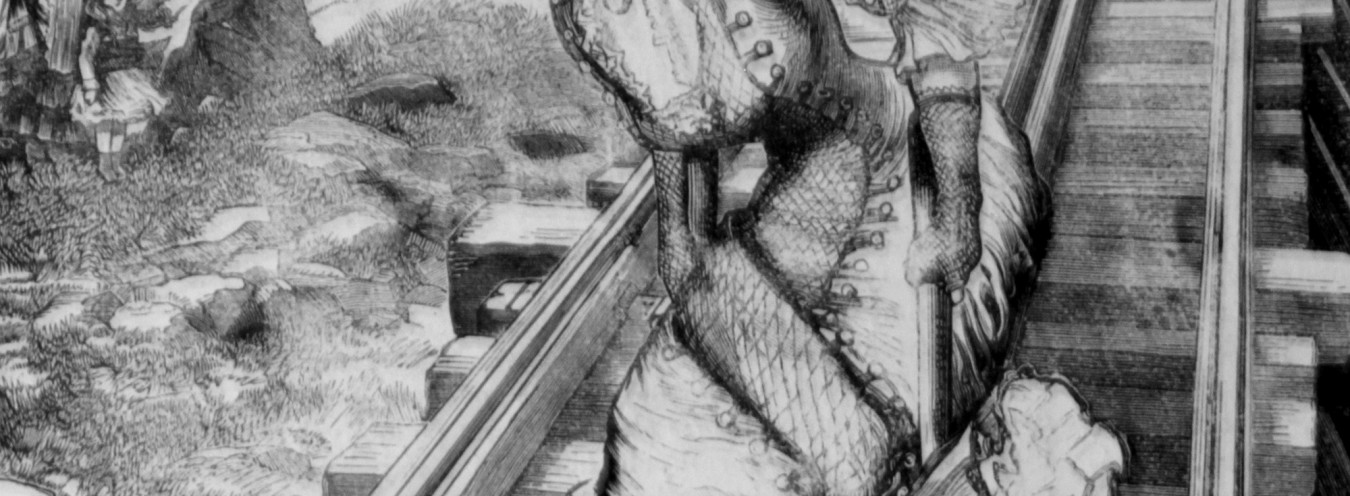
Wąsowska, Kazimiera
[S]he’s a jewel, not a woman, and so witty! She has no thoughts of marrying again, but loves being surrounded by admirers. (403)
Among other, rather plain, women represented in The Doll, Kazimiera Wąsowska stands out with her temperament, scandalous ease of speech and behaviour, and palpable eroticism. She owes such self-confidence to two factors: the money she inherited from her late husband and the social position guaranteed by widowhood. Both make it easy for her to flirt, shirk conventions, and disregard gossip. She engages in provoking behaviours, unsuitable for a person in her circles such as her attempts to seduce Wokulski or heartless games with her suitors: I am filling up the emptiness of my life. Out of ten men who propose to me, I choose the one who seems most interesting, I play with him, dream of him.’ ‘And then?’ ‘I consider the next ten, and choose one.’
Prus endowed this beautiful and elegant lady with intelligence, cunning, and repartee, thus creating a prototype of the emancipated woman, later developed in the novel Emancypantki (Emancipated Women). She is also a prototypical vamp who evokes animal instincts in men. Wokulski thinks that among all these pretty women, she was the prettiest and, still better, the most attractive … What a figure, what marvellous ankles and bosom and eyes, holding something of diamonds and velvet … He could have sworn he’d caught the perfume of her body, that he could hear her convulsive laughter, and his head reeled at the mere thought of getting close to her … ‘What a passionate woman she must be!’ he murmured. ‘I’d bite her.’
Although Kazimiera Wąsowska is a marginal character, she is characterised with distinctive features that stand out in the reader’s memory.



